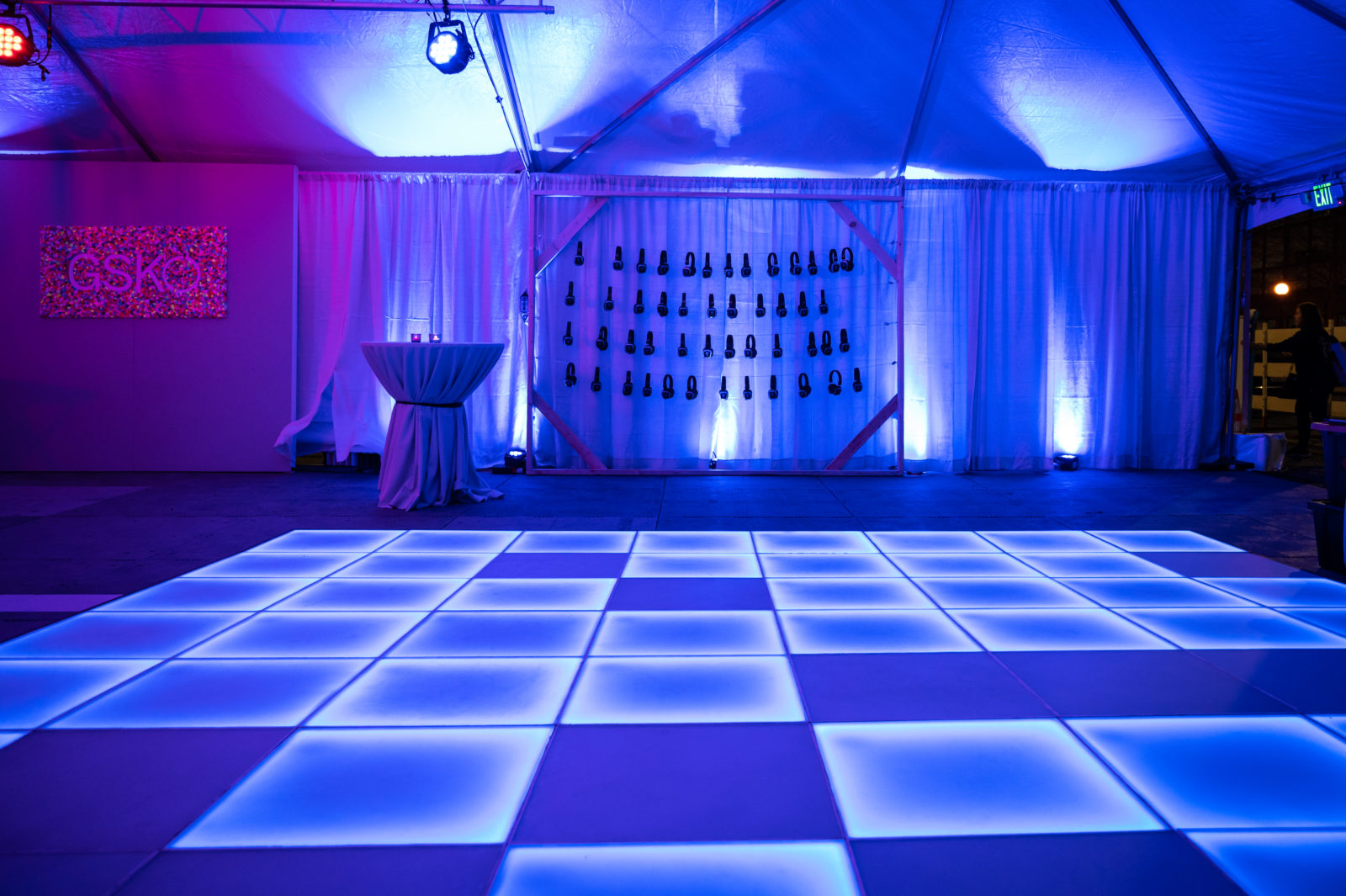A Life-changing Strength of Illumination at Improving Dancing Surface Visuals
A Life-changing Strength of Illumination at Improving Dancing Surface Visuals
Blog Article
Illumination plays a crucial role in shaping the ambiance of a dance floor. It can change a basic space into an exciting setting that improves the total experience for performers and audience alike. The appropriate lighting can influence the feeling, dynamism, and even the form of the dance being performed. By using multiple types of lighting, such as spotlights, colored illumination, and strobe effects, event organizers can create a lively setting that enthralls the audience and invites participation.
One of the key functions of lighting on a dance floor is to illuminate the dancers. Focused lights can be used to direct attention on solo dancers or teams, making them the focal point of attention. This method not only showcases their actions but also adds a layer of drama to the performance. When dancers are lit properly, their expressions and techniques become more visible, allowing the spectators to appreciate their abilities. This focused lighting can also help to establish a narrative, guiding the spectators through the show.
In furthermore to showcasing performers, colored lights can significantly impact the mood of the dance floor. Different colors evoke different emotions; for instance, warm colors like red and orange can generate a sense of excitement and vitality, while cooler colors like azure and green can encourage tranquility and ease. By thoughtfully using colored illumination, organizers can control the atmosphere to align with the concept of the event or the type of the dance. This thoughtful approach to lighting design can improve the overall experience for everyone involved.
Strobe lights and other dynamic lighting features can also add thrill to a dancing area. These features can generate a sense of rhythm and movement visit this page that complements the music being performed. When synchronized with the beat, flashing lights can make the dancing area feel vibrant, inviting dancers to move in time with the flashing lights. This connection between light and sound can elevate the energy of the event, making it more enjoyable for both performers and spectators. The use of such effects requires thoughtful consideration to ensure they improve rather than distract from the show.
Finally, the complete setup of the lighting arrangement is crucial for creating a cohesive aesthetic on the dancing area. A well-thought-out lighting strategy considers the configuration of the area, the kind of performance being performed, and the audience's encounter. By combining different lighting techniques, such as ambient lighting, accent lighting, and unique features, planners can design a aesthetically impressive environment. This focus to specifics not only enhances the show but also leaves a lasting impact on the spectators, making the event memorable. In summary, the transformative power of lighting is essential in enhancing dancing area aesthetics, establishing an captivating and pleasurable experience for all.